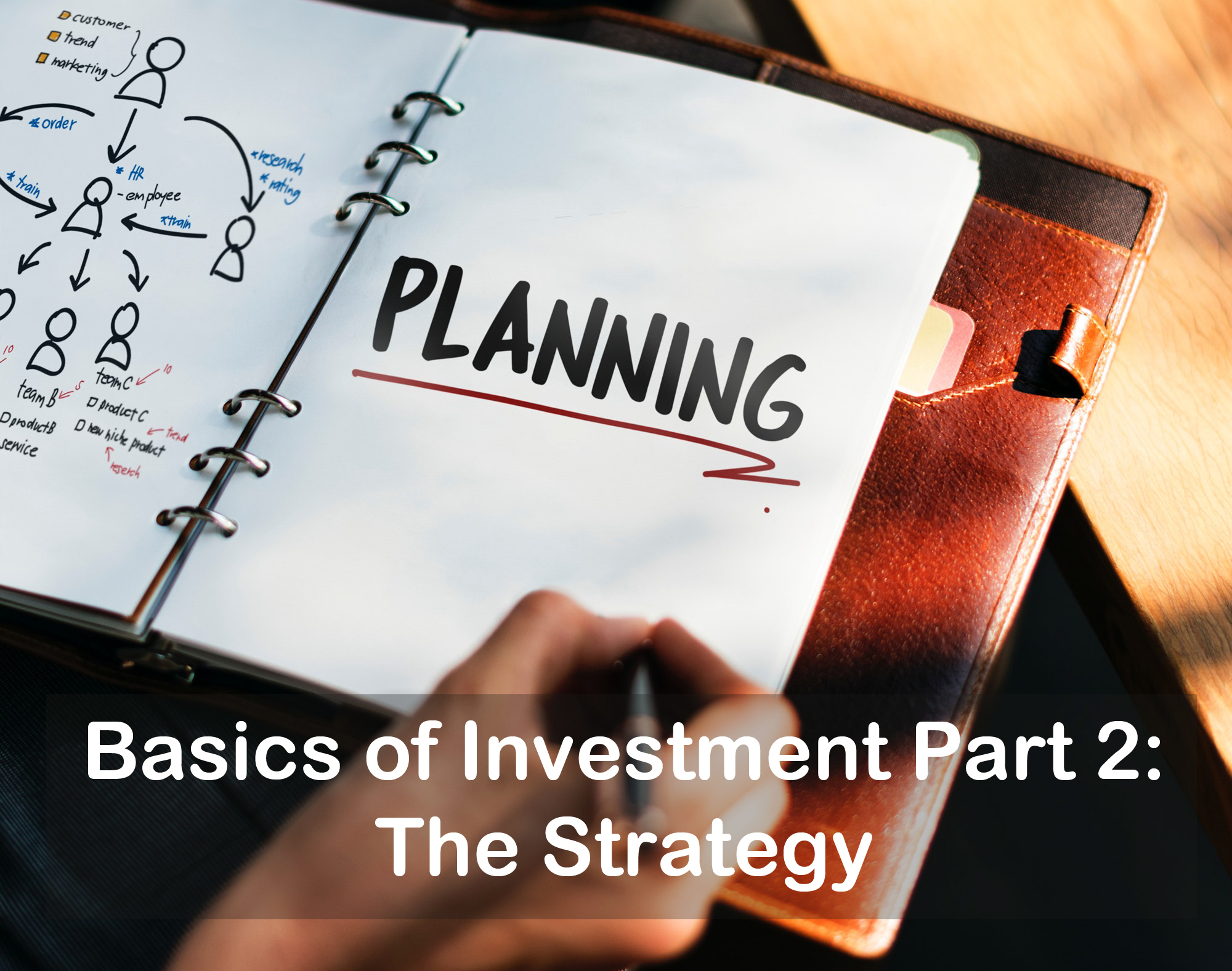So.
You want to dip your toes into the market. Excellent!
Now what?
There are two parts to this next step.
- Figure out your investment approach (or investment strategy) – this post’s content
- Setting up your investment account – next post’s content
Let’s talk strategy first.
Much like the judicious balance that is the art of medicine, there are many types of investment strategies out there and not necessarily one right answer (although there are certainly wrong answers). I highly recommend doing a bit of searching to familiarize yourself with the types, their benefits and drawbacks. After a degree of searching and reading that I was comfortable with, I settled on a combination of buy-and-hold, dollar-cost-averaging, and a DIY exchange traded fund (or ETF) approach due to the comparative drawbacks of actively managed portfolios (for some reads, see here, here and here to start.
Long story short, for the vast majority of comparisons between passively managed ETFs and actively managed mutual fund, passive management wins by a long shot. The DIY approach aligns with my dream of lifelong development into a Renaissance person and being a jack-of-all trades (master of none) – we’ll see how this pans out. I am also interested in finances up to a certain degree – I want to grow this hard-earned money, not in starting a second career in finances. Therefore, more involved and time-consuming strategies are not for me – though they may be for you!
Continuing with my approach thus far, here’s what the above terms mean.
Buy-and-hold: buying stocks and funds with the view of being a long-term investor. This means holding onto the stock/fund for a timeline of 10-20 or more years, and holding during the inevitable market fluctuations (including dramatic booms and busts) with the knowledge that a diverse portfolio of holdings will bring wealth over the long term. The mantra is “time IN the market is better than timING the market.” The opposite of a buy-and-hold strategy would be someone who tries to time market, buy a stock one day and sell it the next in the hopes of turning over a profit.
Diversify the holdings: instead of weighing the portfolio heavily towards one sector or industry, you have pieces of multiple different sectors and industries in your portfolio. Instead of keeping the portfolio 100% in stocks, you also mix in bonds for stability. Instead of having only domestic holdings, you also have international holdings. Diversifying is a good strategy to minimize risk. Someone who held only (or mostly) dot-com company stocks in the 1990s would have been gleefully crowing to all of their neighbours about their financial prowess. By 2001, you could probably hear a pin drop. Possibly also hear some crying.
Dollar-cost-averaging: instead of buying your stocks/funds once a year with a $36,000.00 lump sum, you buy your stocks monthly with $3,000.00 per month. If stocks are expensive in January, you get less units with $3,000.00. If stocks are cheaper in February, you get more units with $3,000.00. This is a way to minimize the average cost of your holdings. If you bought all of your stocks in January with your $36,000.00, then you would have missed out.
- Of course, some people say, “Well, I’ll just buy all my stocks in February instead!” But how do you know that February is the best month to buy? What if March is cheaper? What if February 21 is cheaper than February 20? Dollar cost averaging helps you ride out these ups and down.
Exchange traded funds (ETFs): these funds hold a portfolio of stocks or bonds and track a specific index. Each unit of an ETF is like a sampling across a part of the market. In this way, each unit of an ETF has diversity built into it, saving you the work of stock picking on your own. Unlike mutual funds, ETFs are passively managed, which means that it’s a computer and not a person that is picking the stocks in the ETF (and the computer is programmed according to the parameters of the ETF). Partly because computers cost less than maintain, the management expense ratio (or MER), is much lower for ETFs than it is for a mutual fund (which would be another way to diversify your holdings without you having to individually pick stocks). Lower MER means more money in your pocket!
As mentioned in my intro post, I had been waiting since my undergraduate days to start investing, and had a few years of on and off periods of reading about this topic by the time residency rolled around. In PGY-1, I opened a TFSA in my Questrade account.
Why Questrade?
It was a good fit because it has the option to buy ETFs for free (zero commission) and I was planning on buying and holding my broad-based ETFs for a while. (The commission is not 100% free in reality, but the commission per trade is on the order of cents – much easier to handle than my bank’s commission of $10.00 per trade – a.k.a. highway robbery). I had not read the Millennial Revolution workshop series at that time – the series did not exist yet – but I had essentially followed similar steps. It’s a straightforward process to set up your Questrade account. Then you want to set up that account as a payee from your personal chequing account.
Then comes the hard part.
I agonized for days about which ETFs to pick and then did the Nike thing – “Just Do It”. Too easy to get caught up finding “the perfect” ETF and take too long to pick the good enough one(s).
So, I’m on the early end of my strategy of investing for the long term. So far, my current overall return is 6.17%, median return is 6.77% and average return is 6.46%. Month to month, and year to year, there have been some fluctuations. I crowed a bit when the return was 12% and pouted a bit when it was -2.25%. Let’s see how I fare through the next market crash. I’m hoping to view it as a big red SALE sign, aggressively buy my ETFs, and ignore those all-too-human instincts to bail and sell when things look bad.
Total input into Questrade TFSA: $40,519.48
- Total value of Questrade TFSA: $43,131.18
- Overall Return: 6.17%
“So…TFSA, eh?”
If you’re wondering what a TFSA is, fear not. Next post, we will get into the different investment vehicles and how these differ from financial account types.
See you soon!




